The Museum of Things
by James Glazebrook
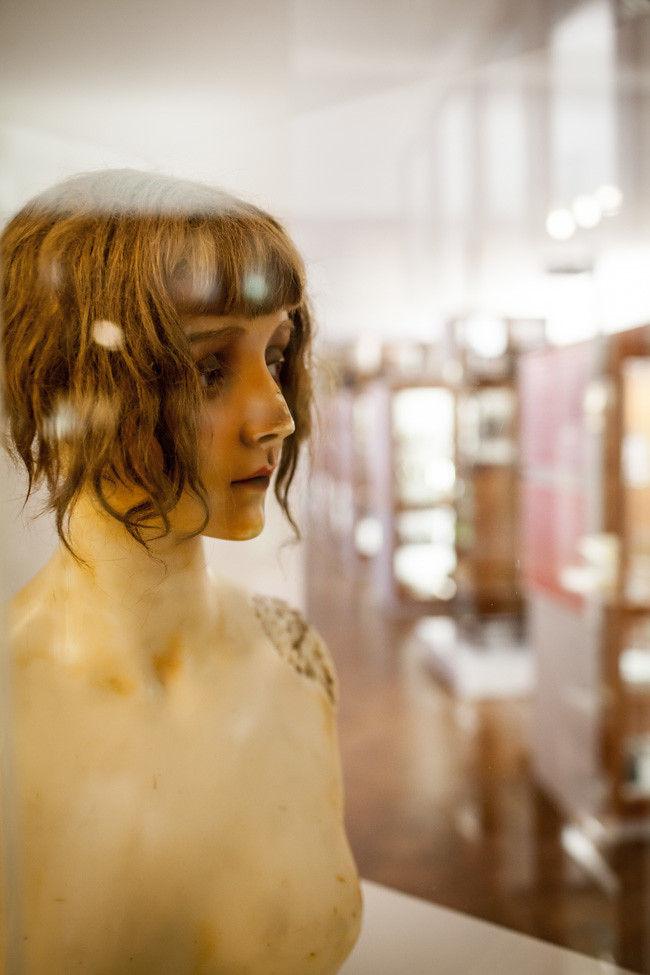
The Museum of Things (Museum der Dinge) on Oranienstraße works on a couple of levels. On one hand, it’s a miscellany of stuff, grouped into cabinets of Star Wars toys, Smurfs, computer parts, things that look like boobs – all under the watchful eyes of the creepy mannequin from the cover of that dodgy Metallica/Lou Reed album, “Lulu”. On the other hand, it’s a testament to the efforts of the Deutscher Werkbund, the German Work Federation, founded in 1907 to bring the country’s product design up to speed with its competitors in England and the USA.
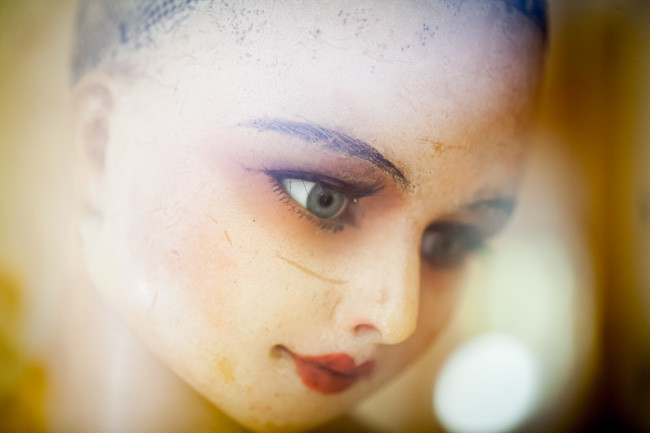
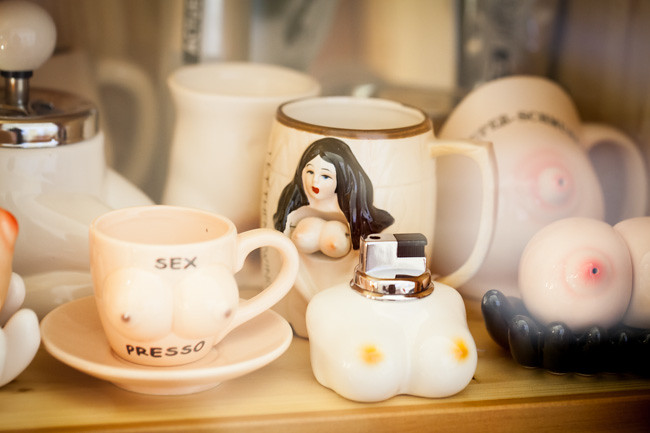
Also known as the Werkbundarchiv, the collection tells the story of German design in the age of industrial manufacturing, and its progression from decorative to functional design. Early cabinets show what the Werkbund was up against. Actual kitsch, devotional kitsch, home and hunter kitsch – who knew there were so many varieties of kitsch? As the years go by, it’s easy to see the federation’s influence, through success stories like its member Weck’s glass containers, which became synonymous with home canning. Quite literally – its products spawned the verb einwecken: to can, pickle or preserve something.
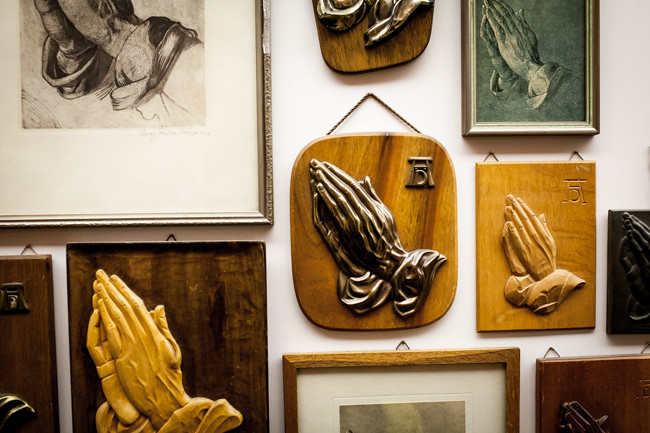
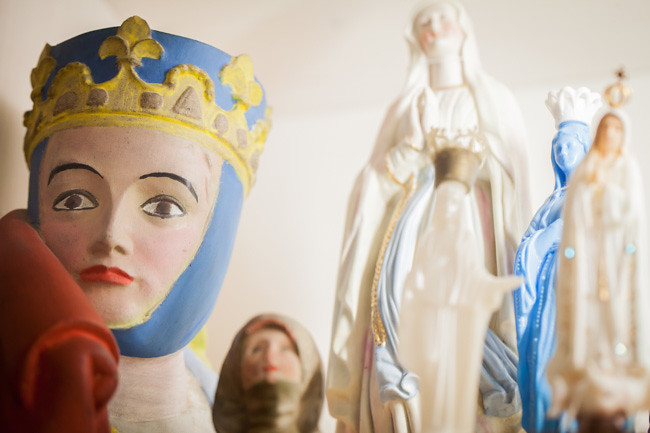
The Nazis, elected to the Werkbund steering committee in 1933, greatly favoured figurative decoration and decried the abstract spray-painted ceramics of the day as “Communist crockery”. They shut down the Werkbund in 1938, but it was reestablished in 1949 to rail against the worst excesses of the postwar era. The best showcase of the federation’s aesthetic is an überminimal Bosch TV, featuring a single button, stood on a plinth in front of its polar opposite: the mammoth wood-panelled Komet combination TV/radio/phonograph, a best-seller when it was introduced in 1956.
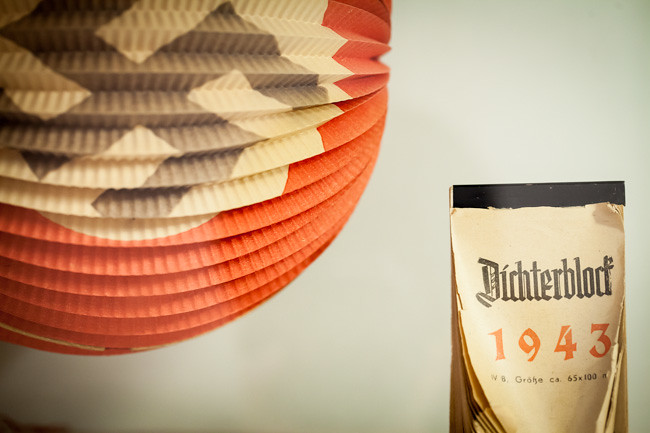
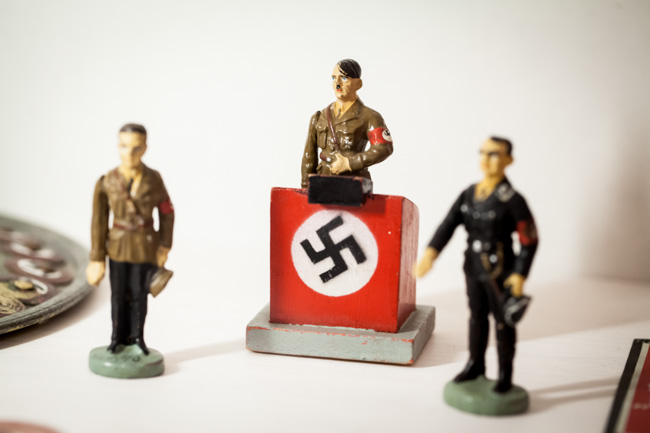
The Museum der Dinge celebrates a very German phenomenon: an institution established to impose efficiency, functionality and rational design on an industry and a public, whether they liked it or not. Looking back, the Deutscher Werkbund was clearly right – we wanted to break the glass on a few cabinets and take their contents with us! And even if you’re not interested in the history of design, you’re bound to get a kick out of the strange objects crammed into the “open storage” cabinets. Mona Lisa mug, anyone?
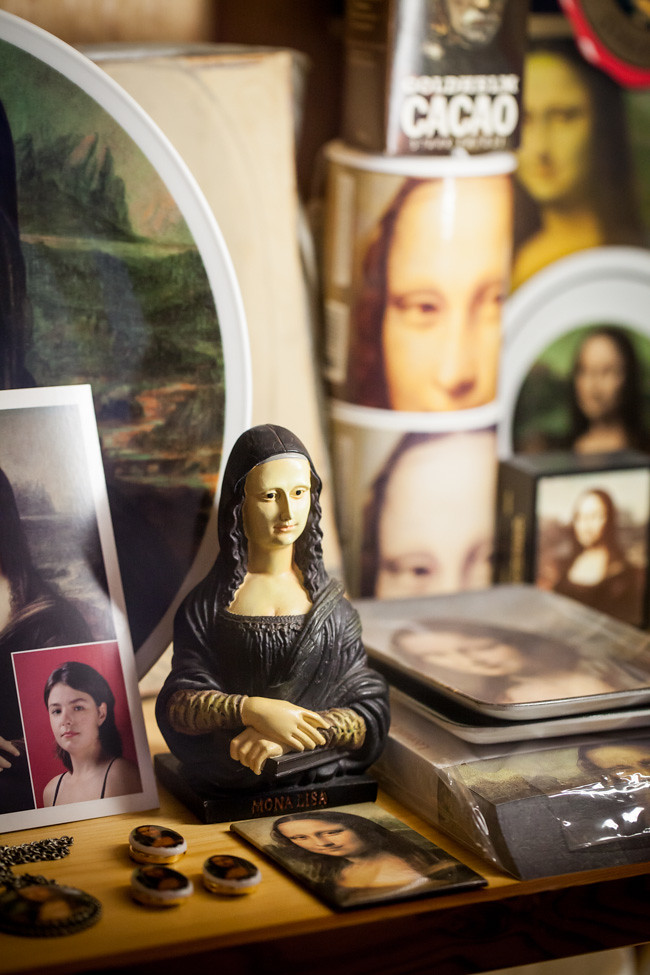
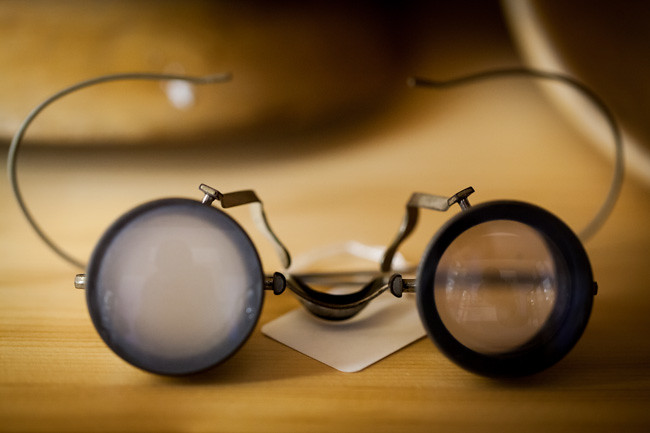
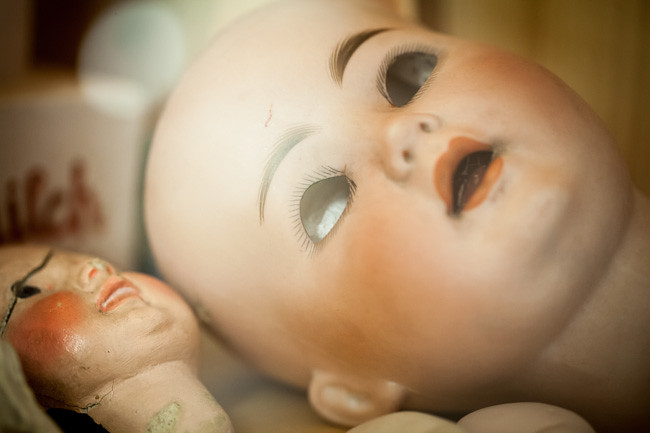
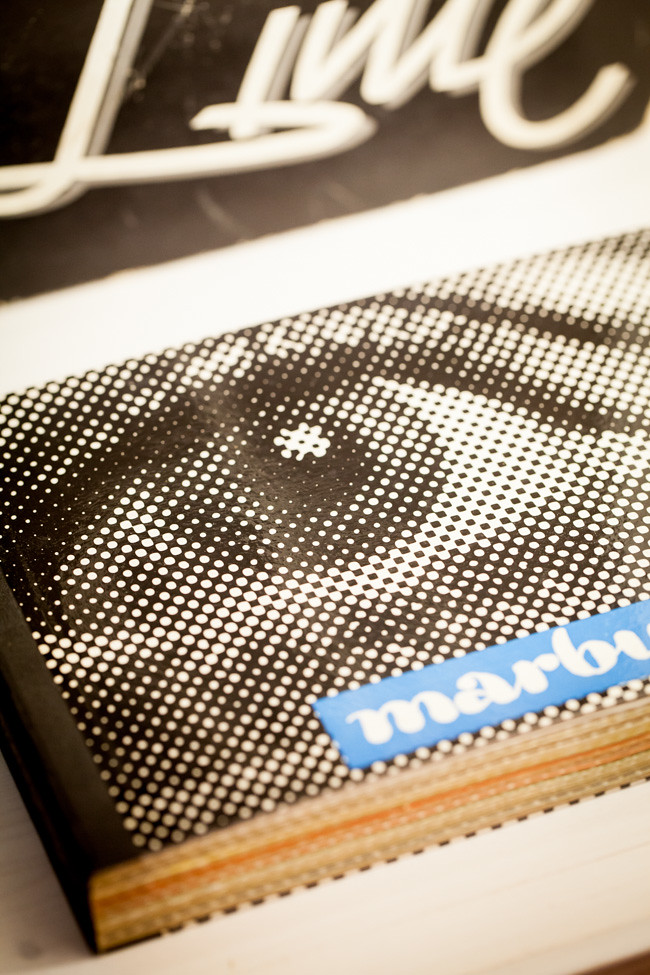

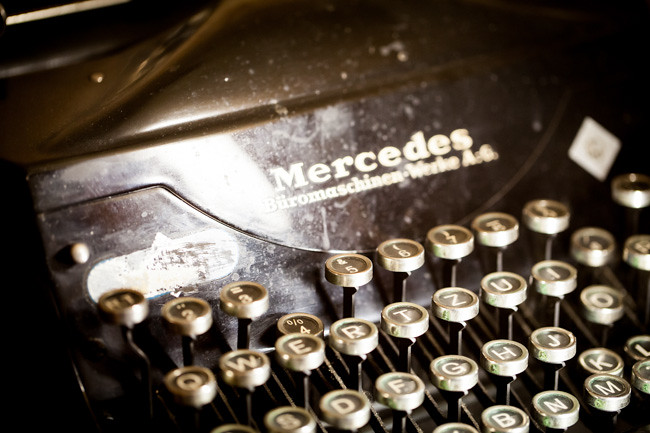
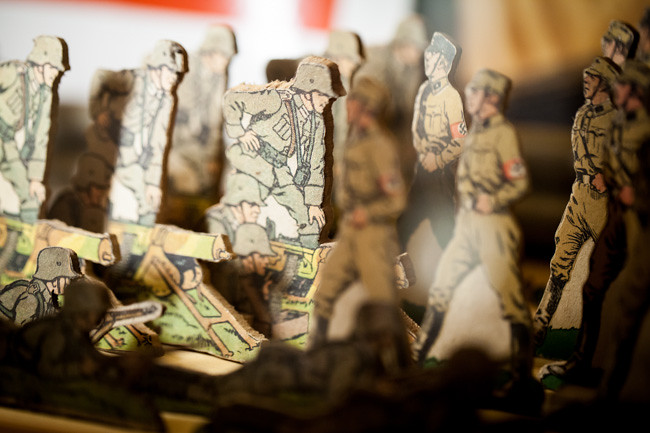
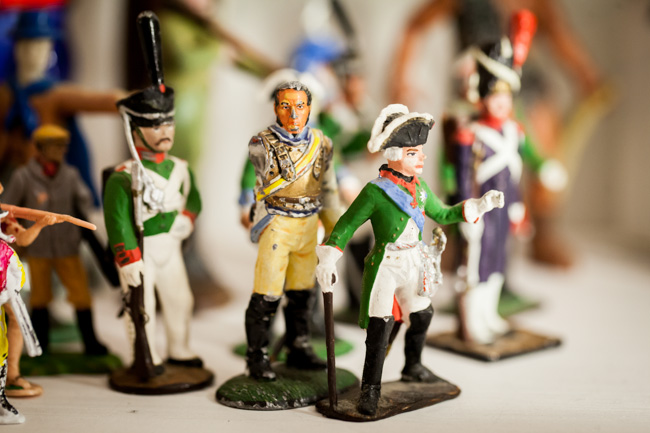
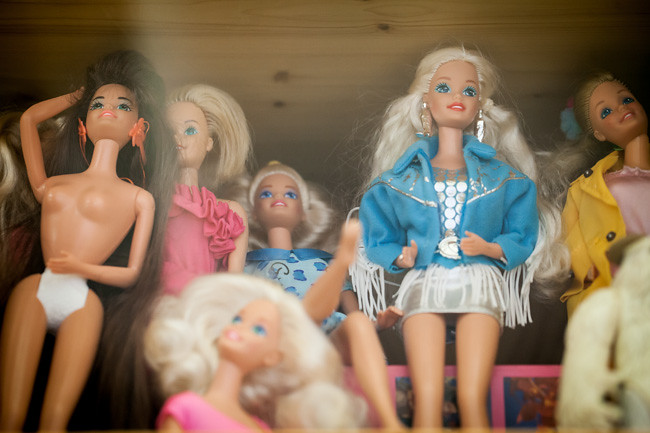

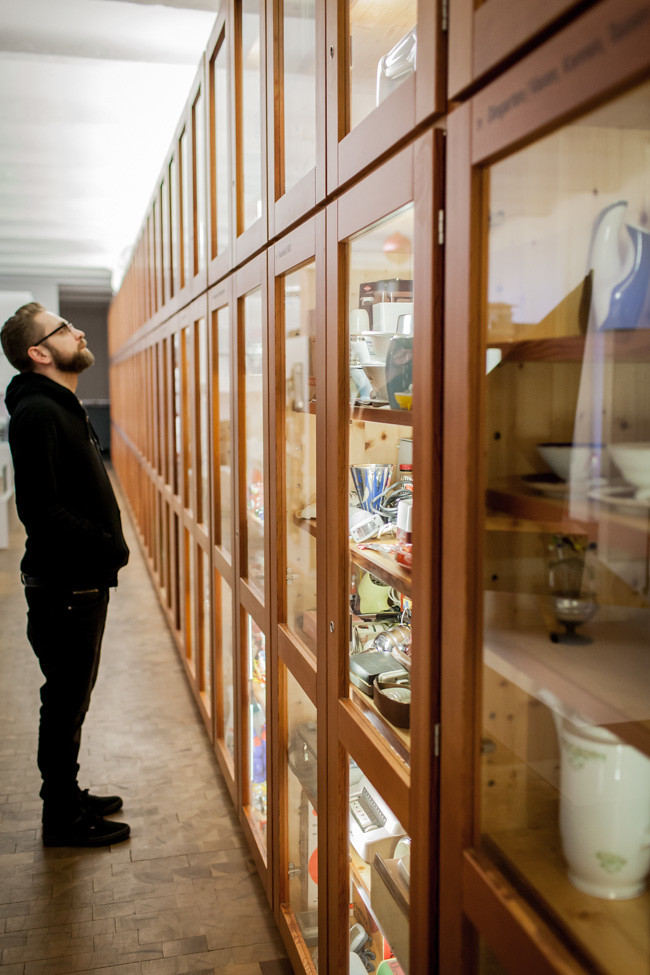
Werkbundarchiv – Museum der Dinge
Oranienstraße 25
10999 Berlin



This is definitely my favourite museum in Berlin and I can’t wait to go back there. Great coverage!
Not easy to find but worth to visit. Definitely.
I thought it was boring, but the stuff actually looks cool from your pics. It’s like entering Germany’s basement ^^
this place is definitely worth a vist. I haven’t been there for a few years. thanks for reminding me. lovely photographs.
Brilliant! Amazing location and as always: fabulous photos, Zoe. Now definitely on the list for an upcoming In A Berlin Minute…
xo Luci